The Greeks called handheld fans ‘scepters of feminine beauty. These pretty and delicate accessories have always been admired, but they have not always been in fashion. The sight of Kirsten Dunst as the French Queen, Marie Antoinette, holding a rococo fan in the eponymous 2006 film has heightened interest in these objects and led to their revival in fashion recently. Jovovich Hawk has featured fans from their collection at the Los Angeles Fashion Week.
Handheld fans have also made an appearance at New York fashion shows on the ramp, as well as off-ramp as part of gift bags for guests. They add a glamorous touch to most evening outfits and they can also be very useful if the room becomes too hot!
Handheld Fans History – Evolution through the years
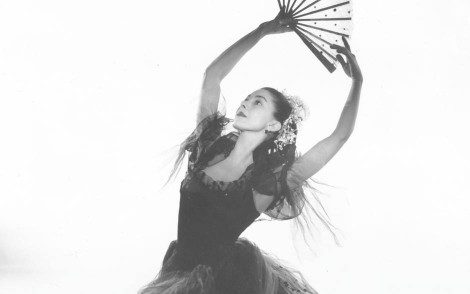
Fans date from ancient times when they were used to cool off and for ceremonial purposes by the Greeks, Etruscans, and Romans. They probably originated in Japan in the eighth century. They then spread to China where, according to the ancient practice of Feng Shui, they are believed to deflect negative ‘chi’ or bad energy from enemies. Many Chinese Gods use this ancient symbol to drive away evil.
Handheld Fand was first brought to Europe by Crusaders from the wars in the Middle East. Later they were exported from the East and brought by Portuguese and Dutch traders. According to Accessories of Dress: Costume and Fashion by Katherine Morris Lester and Bess Oerke, quoted at LadyDianottos.com, the ‘flag fan’ – an oblong-shaped fan with a long handle – became especially popular in Italy. Newly married ladies carried delicate white fans, while matrons used more ornate ones. Feathered ones later became popular amongst noble ladies, especially in Venice. This may account for the tradition of including one as part of costumes for the famous Carnivale di Venezia.
In the 18th century, wealthy Georgian ladies, especially the English, waved them at masquerade balls and wore them as a fashion accessory with almost every outfit they owned. There have Gail painted daytime ones but white satin bridal fans and even mourning ones painted with grisaille, i.e. black, white, and grey were also available. Every woman was supposed to know how to handle and hold a fan to differentiate the social statuses.
Fanology – A party game in the 18th Century
Interestingly though, they were used as a way of communication and also as an integral part of a popular 18th-century party game called “Fanology” or “Speaking fan”.
The game fans were printed with questions and answers on either side and also with examples on how to establish and hold a conversation at a party by only using signs and gestures.
Naturally, these have lots of uses and functions, from breezing objects to keeping away insects, utensils for coquetry, commemorators of special or historical events such as weddings. These were even used to entertain the people, so-called fortune-telling utensils for those who want to know their fortune.
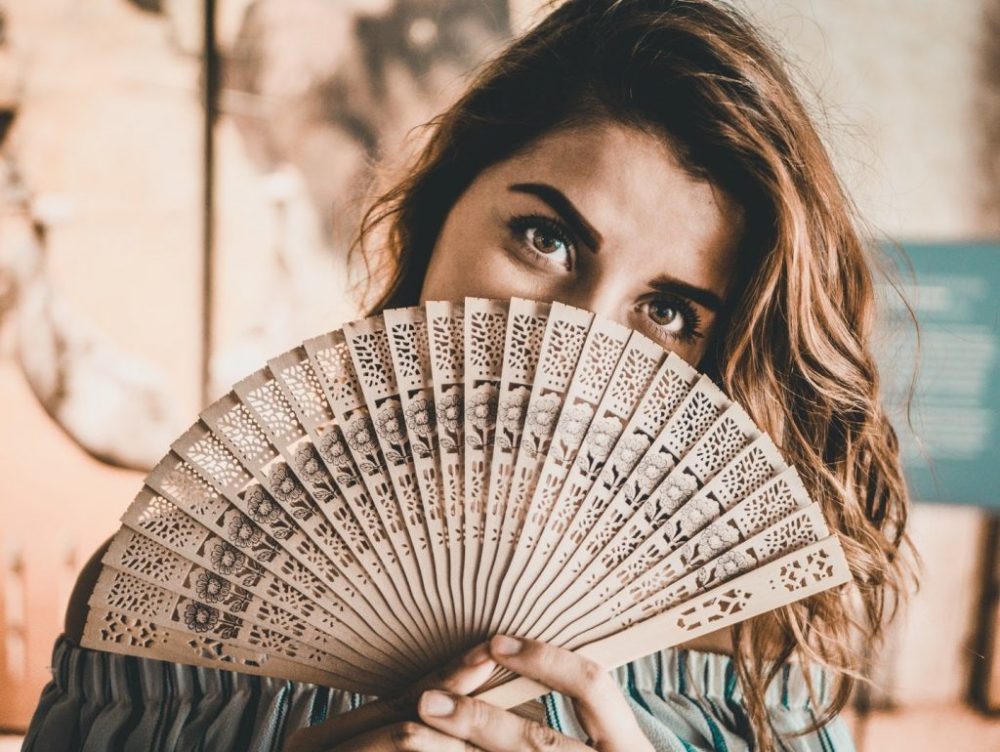
Classical fans from Italy – Seen as an effective weapon by women
Classical fans, brought from Italy, replaced the luscious rococo of the French. As well as drawing attention to beautiful and perfectly manicured hands, these items played a big part in delicate flirtations. In fact, a whole ‘language of the fan’ had developed in England in Tudor times which became especially popular for middle and upper-class Victorian women who were courting. A folded fan placed against a lady’s chin told a gentleman that she found him attractive, for example, while snapping a fan shut was a curt dismissal! No wonder that the sixteenth-century English writer, Joseph Addison, stated: “Men have the sword, women have the fan and the fan is probably as effective a weapon!”
The language of the Hand-held Fan

The 19th century – Featured as popular items

Later in the 19th-century handheld fans began to feature in popular songs or current events. They also commemorated special events, such as coronations and royal weddings. Cardboard fans began to be used for advertising.
Trying to boost the sale in the 19th century to keep them in a continuous success, Duvelleroy, a fan maker and retailer published a leaflet explaining the language behind the uses of a fan. This etiquette helped Duvelleroy have great success and become the supplier of queen Victoria and opening a boutique in London’s fashionable New Bond Street.
This, combined with their increasing lack of functionality in modern life unfortunately led to their decline as a fashion item in the early 20th century. But they became popular as a collector’s item. A few museums totally dedicated to handheld fans now exist, such as The Fan Museum in Greenwich, London, and the Hand fan Museum in Healdsburg, California.
Fans in the late 20th Century – Brought back into in vogue by Social Media
During the late 20th Century, handheld fans came back in vogue thanks to the promotion that brought them back handled on social media by people who wanted to share with others the beautifulness of an accessory like this, rather than designer brands as usual. Anyway, they became a fundamental form of branding and advertising for marketing purposes.
Along with a big history, they are very useful as objects. They are not used as much as they used to be before, but the beauty of decoration often painted on them or the unique designs is what draws many people in getting one.
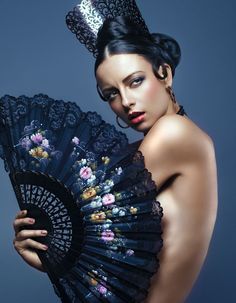
A symbol of wealth and royalty in the past, nowadays kept as a piece of art
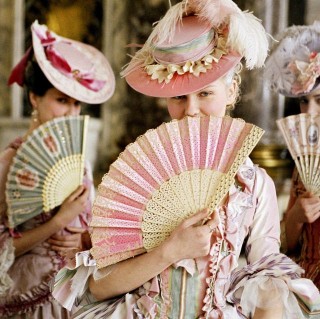
The handheld accessories can still be the symbol of wealth and royalty, while the structure and stretches that came from ancient civilizations of Egypt and Babylon continue to make the best accessory even nowadays. They are associated with the sophisticated higher class, not only breeze facilitators.
Even if today’s standards may put this stylish accent piece into the old fashion label, they were a very popular accessory during the Victorian era and lots of people are proud to show it nowadays as a decorative object, accessory, or memory.
As well as witnessing a hesitant return to fashion at the moment, fans are a great way to find some relief in hot climates or stuffy, over-heated rooms.
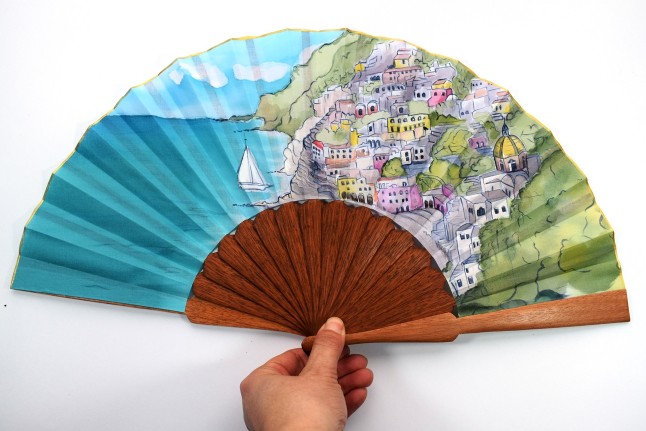

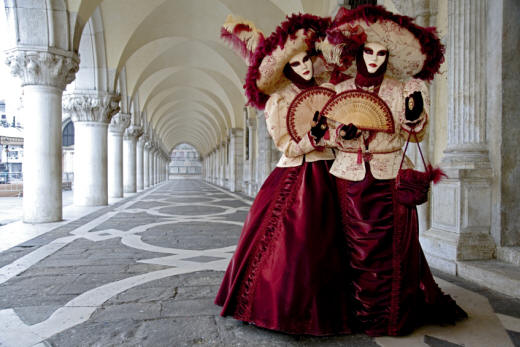
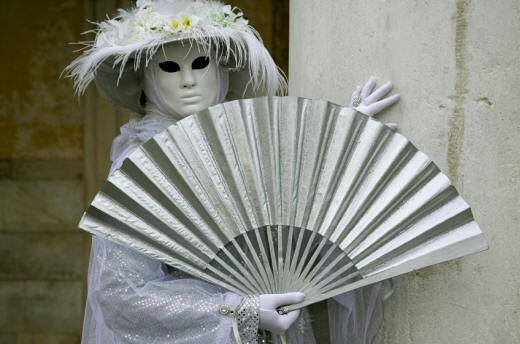











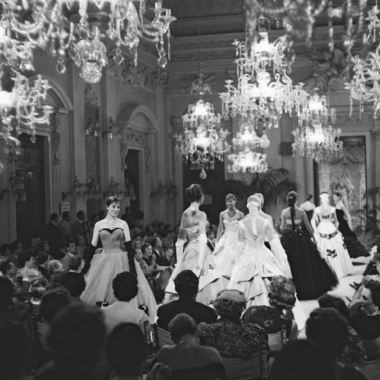




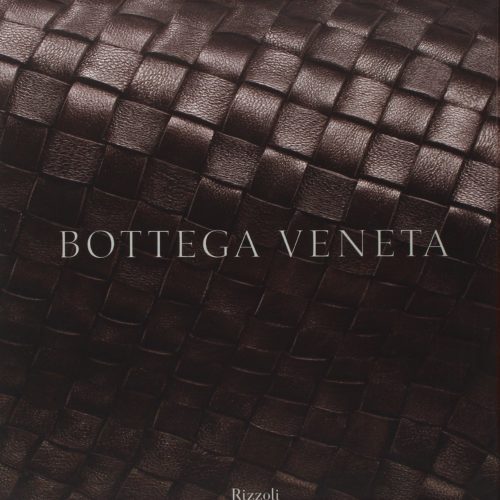

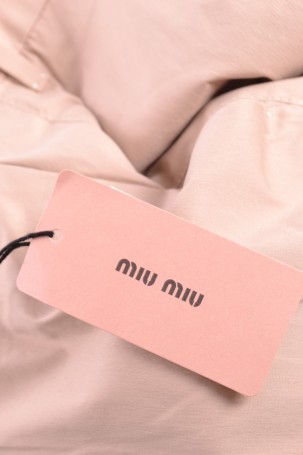







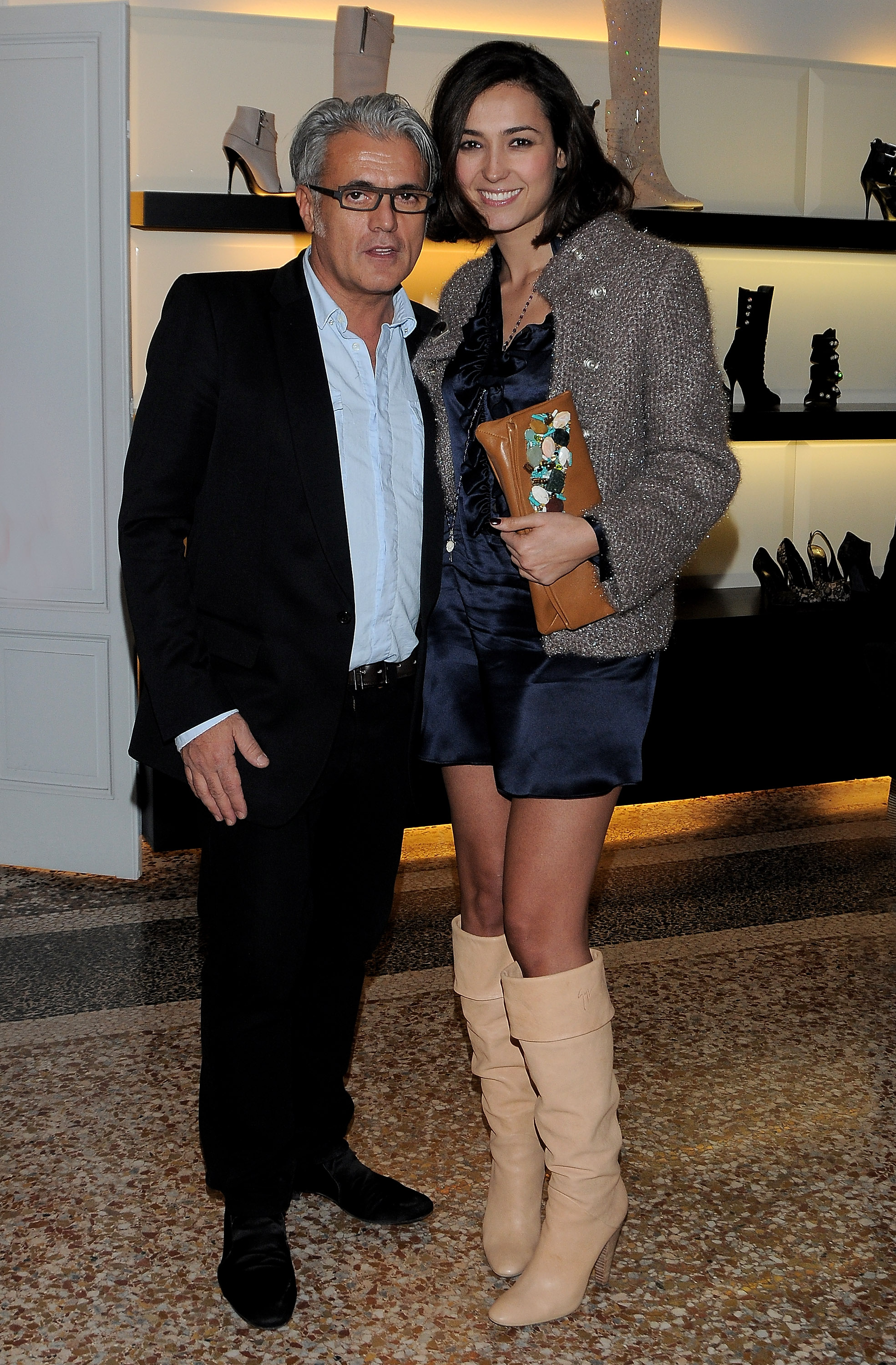






The fans are such an accesorie to make photography i love it !
I remember when i was youg my mother always had a lot of fan, she was dancing Flamenco it was always beautifull